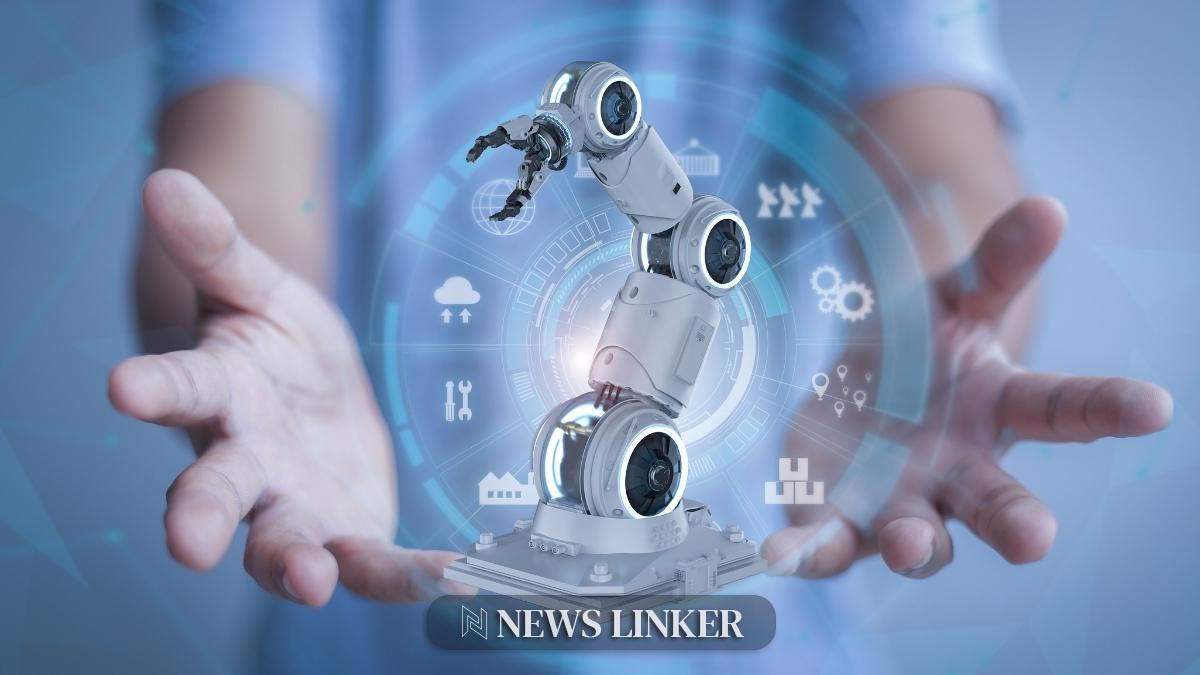In answering the question of what the latest advancements are in the field of robotics and AI, we look to the recent international events that have showcased remarkable progress. In March 2024, industry professionals gathered both at the R-24 in Odense, Denmark, and NVIDIA‘s GTC24 event in San Jose, California, to explore and reveal the latest innovations in robotics, automation, drones, and AI technologies. These events are critical nodes in the network of technological exchange, shaping the future landscape of these fields with groundbreaking product announcements and demonstrations.
The conversations surrounding robotics and AI have evolved rapidly over the years, with a notable shift in focus from theoretical possibilities to practical applications and real-world impact. Previous gatherings in these domains have underscored the robust growth of robotics clusters and the increasing intersection of AI with various industries. Odense Robotics, for instance, has been highlighted as a powerhouse in the sector, and the anticipation around these events has been building as they offer a glimpse into the latest advancements and the trajectory of future developments.
What Did R-24 Reveal?
At R-24, attendees received insights into the bustling robotics scene in Odense, which includes a significant robotics cluster that supports a thriving industry employing thousands. The event spotlighted projects like the construction of monumental wind turbines and the testing of drones in specialized air corridors. These endeavors underscore the city’s commitment to fostering innovation and expanding its influence in robotics and related fields.
How Has NVIDIA Pushed Robotics Forward?
NVIDIA’s GTC24 event unveiled several pivotal updates that are positioned to steer the course of robotics development. The launch of Project GR00T, a comprehensive foundation model for humanoid robots, aims to integrate robotics with embodied AI, allowing robots to interpret natural language and mimic human actions. Additionally, the introduction of Jetson Thor, built on the advanced NVIDIA Thor SoC, marks a significant technological leap with its powerful GPU architecture and high-performance capabilities designed to streamline robot design and integration.
In an article published in the Journal of Robotics and Autonomous Systems, researchers examined the impact of advanced SoC technology on robotics development. The study highlighted that improvements in processing capabilities and energy efficiency could empower robots with more sophisticated AI and real-time decision-making skills. This research directly correlates with NVIDIA’s innovations at GTC24, signaling a transformative era in robotics where such technologies become the backbone of more intelligent and autonomous machines.
What Does This Mean for Future Robotics?
The updates to the Isaac simulation platform, featuring tools like Isaac Lab and OSMO, have set the scene for the genesis of new foundation models across varying robotic forms and environments. Meanwhile, NVIDIA DRIVE Thor is now positioned to replace NVIDIA DRIVE Orin, setting a new standard for SoC in autonomous driving applications, hinting at a future where autonomous robots and vehicles become more prevalent and capable.
- GR00T could revolutionize humanoid robot interaction.
- Jetson Thor’s enhanced capabilities streamline robot design.
- Isaac platform upgrades facilitate diverse robotics modeling.
The landscape of robotics and AI is undeniably advancing at an accelerated pace, thanks in part to forums like R-24 and GTC24, which bridge innovators and their cutting-edge technologies. The unveiling of Project GR00T and the Jetson Thor SoC at GTC24 marks a pivotal moment for humanoid robots and AI’s integration into the industry. These advancements not only promise to enhance the capabilities of robots but also offer prospects for transforming how humans interact with intelligent machines. As robotics clusters like Odense’s continue to expand and events like ROSCon loom on the horizon, one can expect the Danish city to remain at the forefront of robotics innovation. The symbiosis between robotics and AI is poised to unlock new levels of functionality and autonomy, cementing its role as a cornerstone in shaping the future of technology and society.










